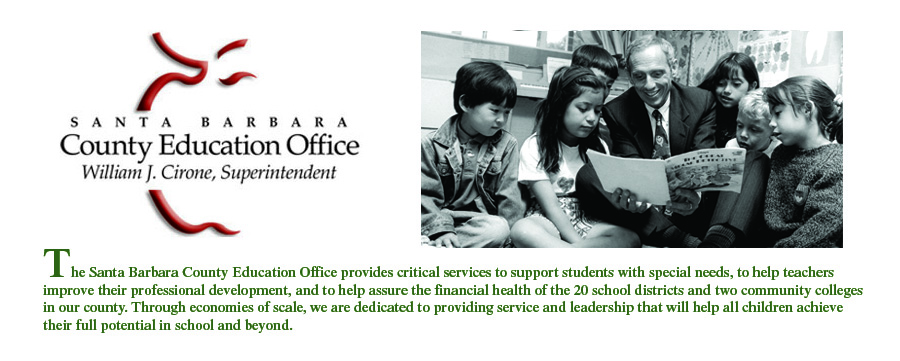Critics of the American education system have long looked to international test data as proof-positive that the academic progress of U.S. school children leaves much to be desired. “Look at the scoreboard,” these critics say, though this admonition invariably reduces complex issues to a single number, and provides comparisons that are not always appropriate. The truth is, test scores are just the tip of the iceberg when it comes to comparing education systems in different countries, as a recently published study argues.
“School
Performance in Context: The Iceberg Effect” examines school achievement
through the lens of often overlooked economic and social factors in nine
prominent nations: Canada, China,
Finland, France, Germany, Italy, the United Kingdom, and the United States. The
study grew from a collaboration among several major groups, including the Horace Mann League of the U.S.A., which is
devoted to the principles of public education founder Horace Mann, and the National Superintendents
Roundtable, a professional learning community of school superintendents
from 30 states.
“It is a mistake to believe
that one number can tell us all we need to know,” the authors write in their
introduction. “Both the public and policymakers must understand what it going
on beneath the waterline. Only after looking at the entire picture, can they
then draw their own conclusions and take appropriate action within the sphere
of their influence.”
To determine what underlying
factors have the biggest impact on student success, the study focused on six
major dimensions: economic equity, social stress, support for young families,
support for schools, student outcomes, and, perhaps most importantly, system
outcomes.
The United States, which has
the highest GDP and the highest GDP per capita of all the nations in this
group, scored very low on economic equity, social stress — as indicated by
violence- and drug-related deaths, immigration, and teenage pregnancy rates — and
support for families.
In terms of support for
schools, the U.S. scored the poorest on the component of teacher workload,
though the U.S. did comparatively well on the other indicators of school
support. Teachers in the U.S. spend an average of 1,085 hours in the classroom,
compared to an average of 664 for all those other countries.
As for student outcomes, the
U.S. has for decades posted good results in fourth grade reading, according to
the report, and solid school completion rates, but does not do as well on assessments
of 15-year-old reading. Overall, the report shows the U.S. in the middle of the
pack in terms of student outcomes.
“System outcomes” is where
things get interesting. In this area, the U.S. outpaced every other country in
the study on all the dimensions: years of education completed, possession of
secondary and bachelor’s degrees, and the global share of high-achieving
science students.
“The U.S. appears to have the
most highly educated workforce,” the authors write, “in terms of years of
schooling completed, the proportion of adults with a high school diploma and a
bachelor’s degree, and the proportion of the world-s high-performing
15-year-old science students…. The historic performance of American schools in
producing adults prepared to take their place in the world,” the authors boldly
assert, “is unmatched by any of the eight nations.”
Part of that success story is
the fact that the U.S. remains “the land of the second chances,” enabling
students over the age of 25 to enroll in higher education at great rates.
While that is an encouraging
observation, it is not a cause for complacency. As the authors of the study
note, “This could all change quickly if educational, community, and political
leaders do not effectively address emerging challenges and the new demographics
entering American schools.” They advise that the nation and its schools work
hard to maintain this level of achievement.
It is stating the obvious to
observe that adaptability is necessary in a fast-changing world. School leaders can improve the quality of
instruction, and we all have a role to play in bridging the achievement gap
that is quite clear in our classrooms. But as this study demonstrates, many of
our students show up to the classroom dealing with major stresses and traumas
in their young lives. The overall success of our schools will require finding
ways to ease those traumas for the young people and their families. Educators
can help, but they cannot solve these problems alone. Parents, administrators,
teachers, and the communities they serve must all work together to navigate
around the obstacles to a student’s success that are ever present just beneath
the surface.
